Why the hell is the 'Race to 5G' even a race?
By MYBRANDBOOK
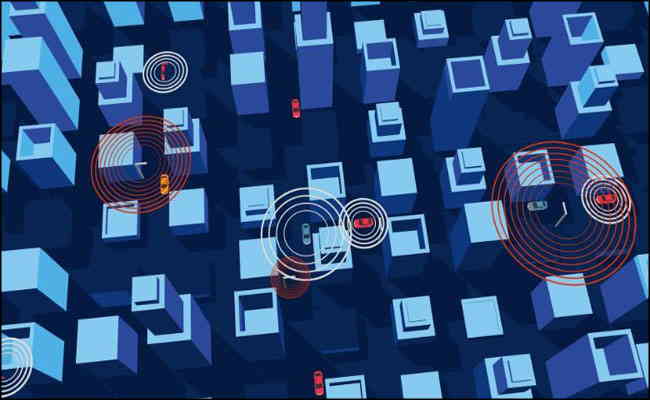
The expansion of the 5G network, intended to enable faster wireless transmission of larger amounts of data, requires the installation of many more antennas in urban areas. In this way, the scientists argue, there is no longer anyone escaping the potentially harmful effects of radiation. After all, we are already exposed to 2G, 3G, 4G and Wi-Fi radiation. Now it is 5G the next mobile revolution, the network to rolled out in certain countries by 2020. RF-EMF has been proven to be harmful for humans and the environment.
The next generation of wireless technology promises much faster speeds while using less power. Beijing is throwing everything at getting there first, to become the world’s biggest rollout of 5G technology. Companies have been using the connectivity to test wireless communications between autonomous vehicles and their surroundings. The 5G network transmits data from car sensors, roadside sensors, and video cameras installed above the road to a local data center, which analyzes the information and sends it back to the vehicles to help them navigate.
With the advent of 5G, certain things are imagined to make possible. When we see the history of wireless technology, 1G let you walk and talk, 2G let you send texts, 3G got you onto the internet. Whereas, 4G let you stream, it is not successful in the metro cities. For example, we need to switch to 3G when we are inside the room or office. With the advent of technology, which has to be the ultimate transaction to the 5G, which promises a whole suite of dramatic improvements and the new wireless infrastructure to achieve speeds up to 100 times faster than 4G.
With 5G , dream of internet of things, could connect to billions of machines, appliances, and sensors at low cost without draining their batteries. To make it possible, Industry will have to spend billions of dollars collectively on 5G equipment and wireless service during the period. At the same time, there are industries like energy and health care, will spend billions of dollars collectively on 5G equipment and wireless service. The advantage with 5G are, it will improve the speed and latency the network enables the creation of smart cities, remote surgeries, and super-fast downloads, among countless other functionalities.
The challenge we can see in India, is how to implement 5G, To implement operators need a large amount of spectrum, Now a question arises would the Government will provide the required spectrum to the operators. If it so what would be the cost, and weather the operators are ready to afford the huge cost.
Whereas, Beijing is is committed to giving Chinese operators large chunks of spectrum for 5G, like operators enjoy in the US and many other countries, where they pay regulators billions of dollars for the right to use slivers of spectrum. These radio frequencies carry wireless signals and are critical to cellular service, especially 5G, which will need wide swaths of bandwidth to provide users with superfast speeds.
Both Huawei and Samsung launched 5G connected phones ahead of the Mobile World Congress (MWC), but what is it really going to change in our day-to-day lives? With the 5G to connect the network, downloading an HD film using a 4G connection can take around 10 minutes, whereas you will be able to do this in less than a second on 5G.
Now a question remained largely unaddressed — what are the health risks, if any, associated with 5G?
A group of 170 scientists have flagged their concerns about the technology to the European Union calling on the bloc to review exposure limits, citing health risks for European citizens.
Key risks associated:
The highest frequencies used will be around ten times higher than those used by current network technologies — currently up to a few tens of GHz — which WHO said have already been used for many years in appliances like point-to-point microwave links.
International guidelines exist up to 300 GHz, well beyond the maximum frequencies under discussion for 5G (a few tens of GHz). "The critical effect of high-frequency exposure relevant to human health and safety is heating of exposed tissue”.
"High-frequency fields can penetrate into the body (the higher the frequency, the lower the penetration depth) ... this results in friction and thus heat." Increase in radiation exposure by 5G leads to damage that cannot be reversed.
According to the ICNIRP, the body can accommodate a small increase in heat, in a similar way that excess body heat is dissipated when doing sport. But above a certain level, referred to as the "threshold", which depends on the duration of exposure, high frequency and the accompanying temperature rise can provoke serious health effects, such as heatstroke and burns.
5G antenna will be on every car and lamp post in smart cities and sensors will also need to be fitted in houses, as millimetre waves can't pass through walls and windows and they will be under the support of the electromagnetic fields, which could bring potentially harmful effects. The health of humans, plants and animals are not discussed neither by the corporates nor by any organisations about this technological development.
BY having a strong concern over the Electromagnetic radiation and “to ensure the safety of the population” European Commission to postpone the expansion of the 5G network “until the potential risks to human health and the environment have been thoroughly investigated by scientists independent of industry”.


Legal Battle Over IT Act Intensifies Amid Musk’s India Plans
The outcome of the legal dispute between X Corp and the Indian government c...

Wipro inks 10-year deal with Phoenix Group's ReAssure UK worth
The agreement, executed through Wipro and its 100% subsidiary,...

Centre announces that DPDP Rules nearing Finalisation by April
The government seeks to refine the rules for robust data protection, ensuri...

Home Ministry cracks down on PoS agents in digital arrest scam
Digital arrest scams are a growing cybercrime where victims are coerced or ...

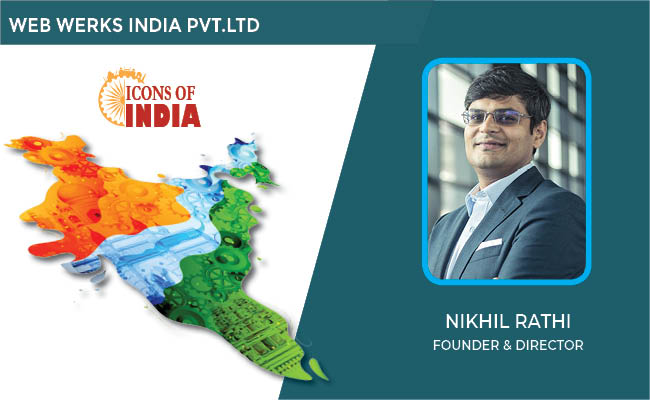
Icons Of India : NIKHIL RATHI
Co-founder & CEO of Web Werks, a global leader in Data Centers and Clo...
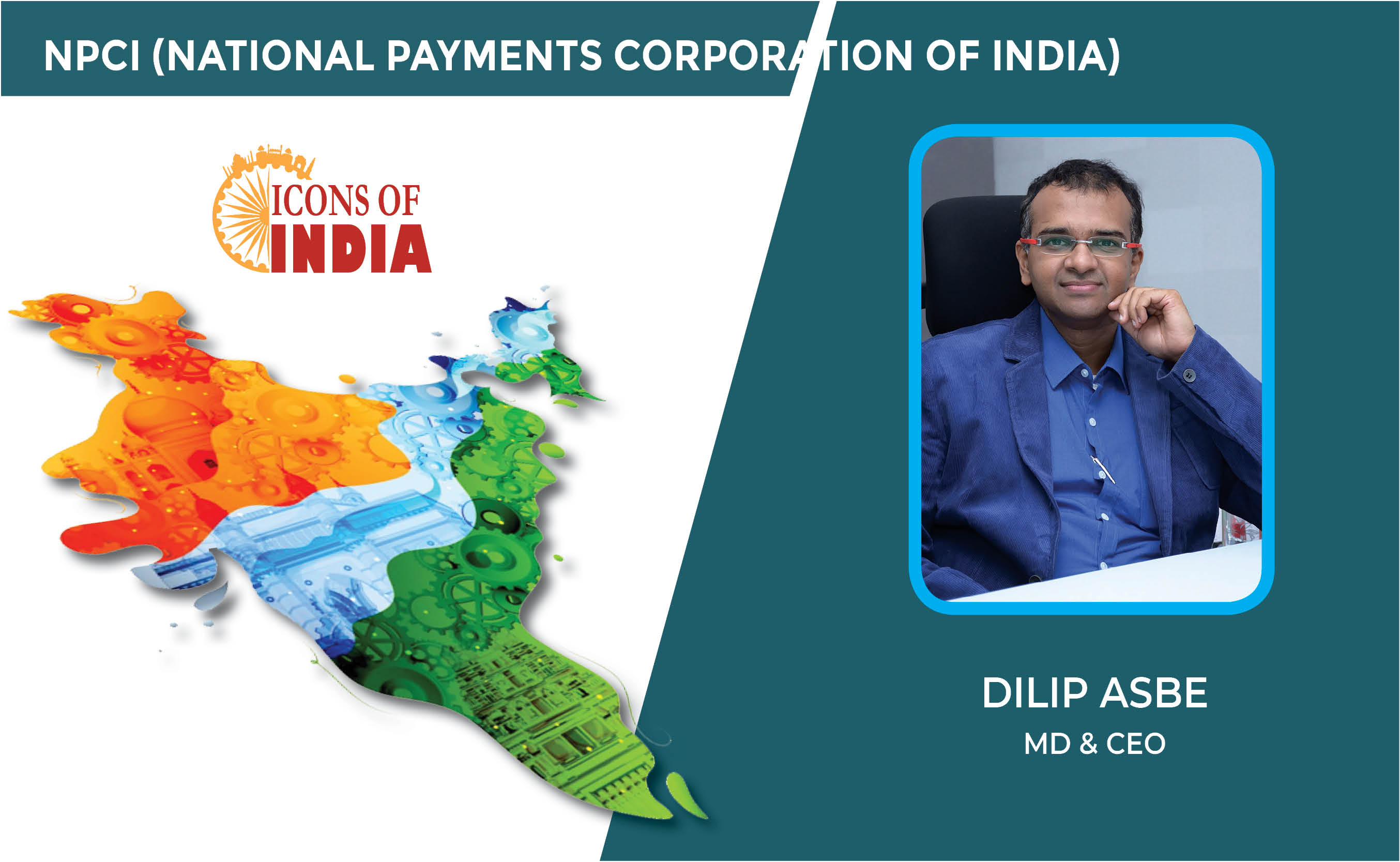
Icons Of India : Dilip Asbe
At present, Dilip Asbe is heading National Payments Corporation of Ind...
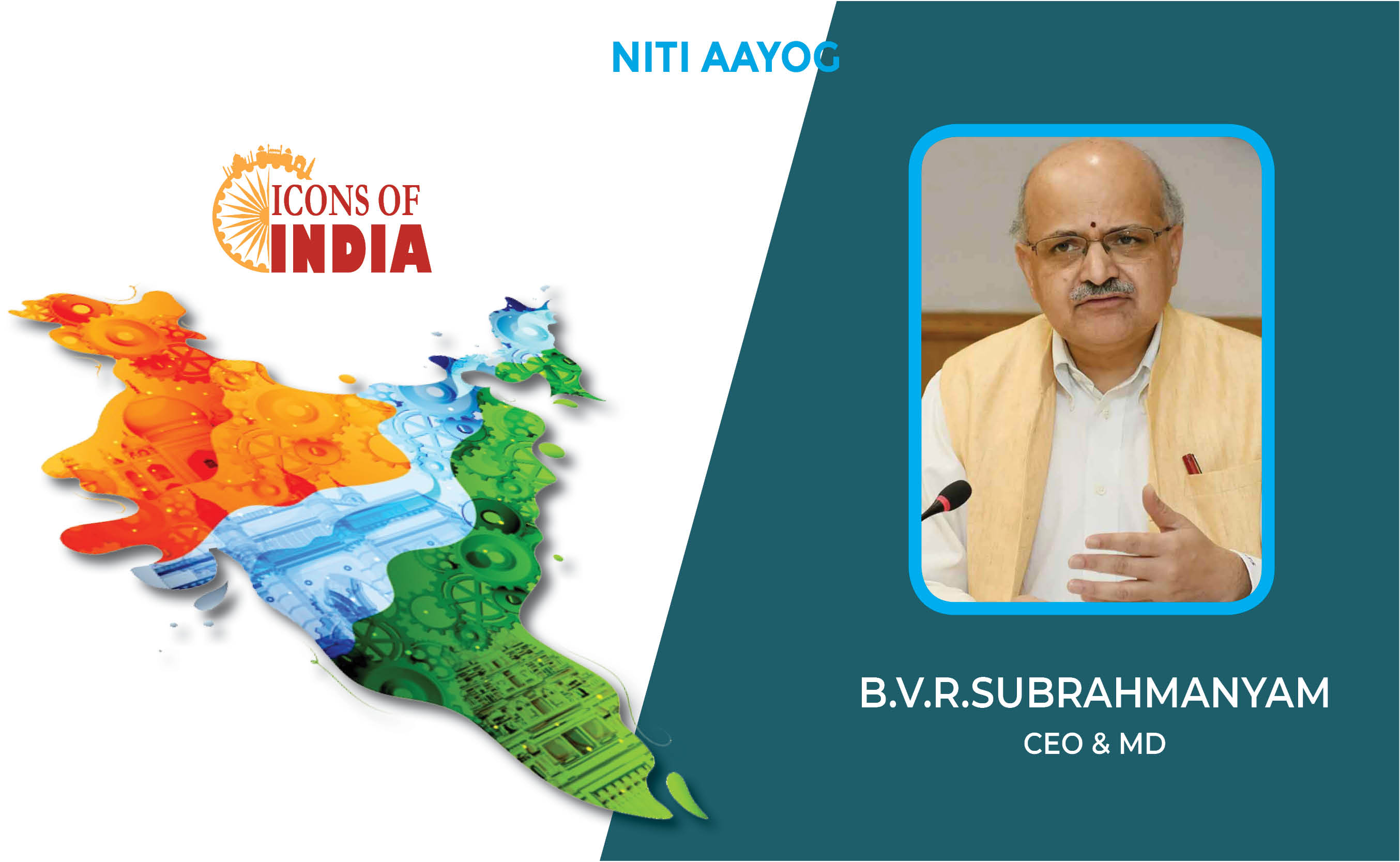
Icons Of India : B.V.R. Subrahmanyam
A 1987 batch (Chhattisgarh cadre) Indian Administrative Service Office...

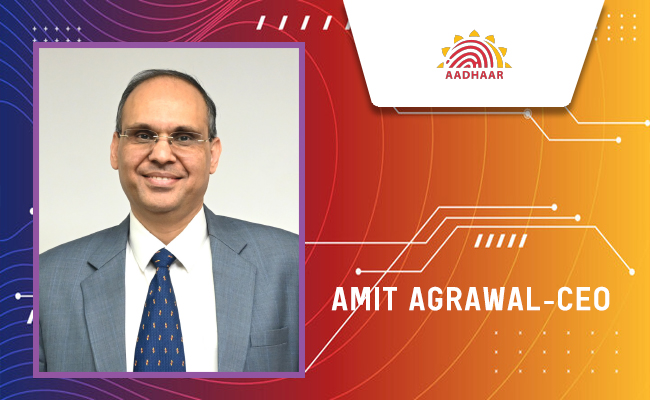
UIDAI - Unique Identification Authority of India
UIDAI and the Aadhaar system represent a significant milestone in Indi...
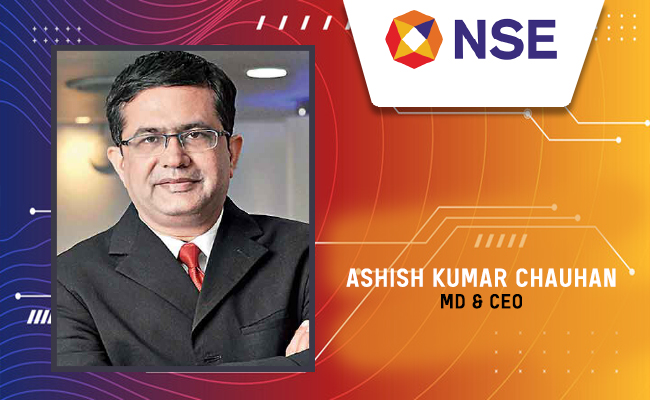
NSE - National Stock Exchange
NSE is the leading stock exchange in India....
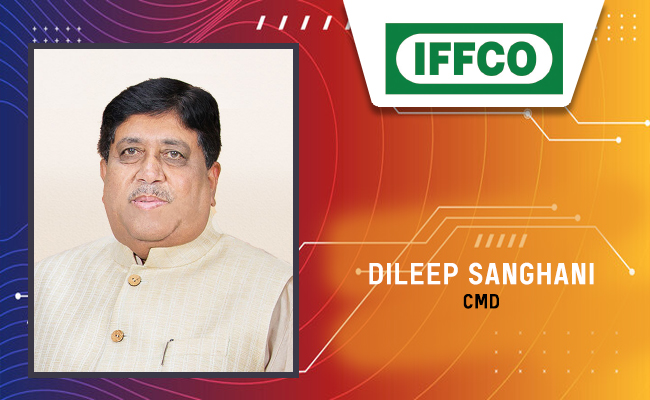
IFFCO - Indian Farmers Fertiliser Cooperative
IFFCO operates as a cooperative society owned and controlled by its fa...


Indian Tech Talent Excelling The Tech World - Vinod Dham, Founder & Executive Managing Partner, IndoUS Venture Partners
Vinod Dham, known as the “Father of the Pentium Chip,” has left an...

Indian Tech Talent Excelling The Tech World - JAY CHAUDHRY, CEO – Zscaler
Jay Chaudhry, an Indian-American technology entrepreneur, is the CEO a...

Indian Tech Talent Excelling The Tech World - Aneel Bhusri, CEO, Workday
Aneel Bhusri, Co-Founder and Executive Chair at Workday, has been a le...
 of images belongs to the respective copyright holders
of images belongs to the respective copyright holders